Easy Ways to Make Your Dollar Last Longer at the Farmers' Market
Pros from two of the country's biggest greenmarkets share their secrets.
By Lynn Andriani
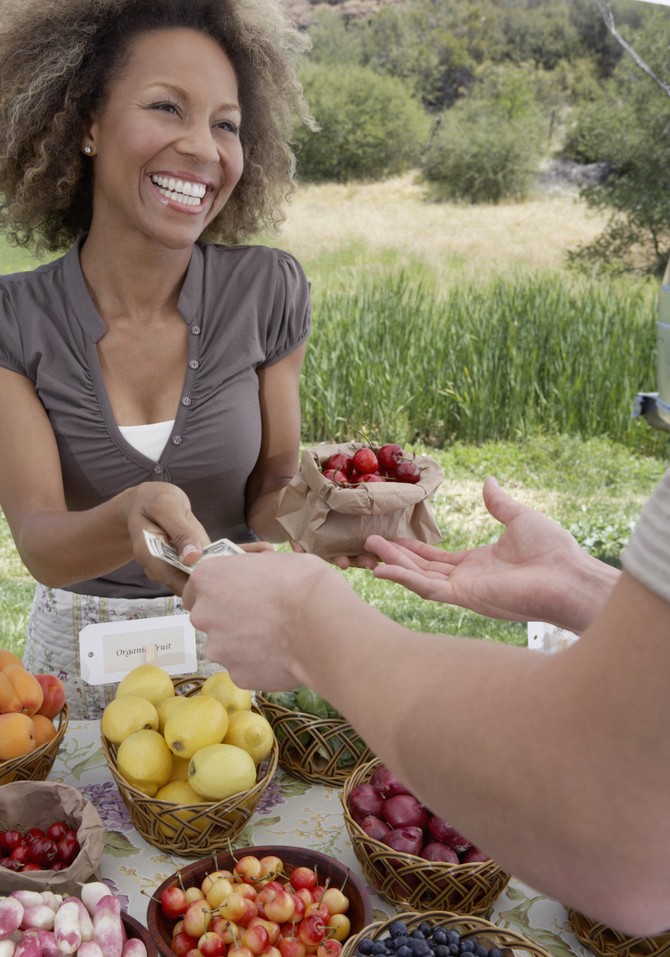
Photo: James and James/Photolibrary/Getty Images
Don't Wait Until 4:45
You've probably heard that you can snag bargains at the end of the day, when farmers want to get rid of unsold produce instead of trucking it back to their farms. Yet, according to Marcy Coburn, executive director of CUESA, which operates San Francisco's Ferry Plaza Farmers Market, lingering and watching for price cuts when there are only 15 minutes left until closing isn't wise. "It causes the farmers a lot of stress if you are just loitering around, waiting for half price," she says. (CUESA actually discourages farmers from making late-day liquidations.) Instead, Coburn advises shoppers to get there early—as soon as the market opens. The atmosphere isn't hectic, farmers will have just had their coffee and they're likely to happily offer samples and chat about the best way to cook those fiddlehead ferns. You'll build a rapport with them, which may eventually yield discounts and special deals.
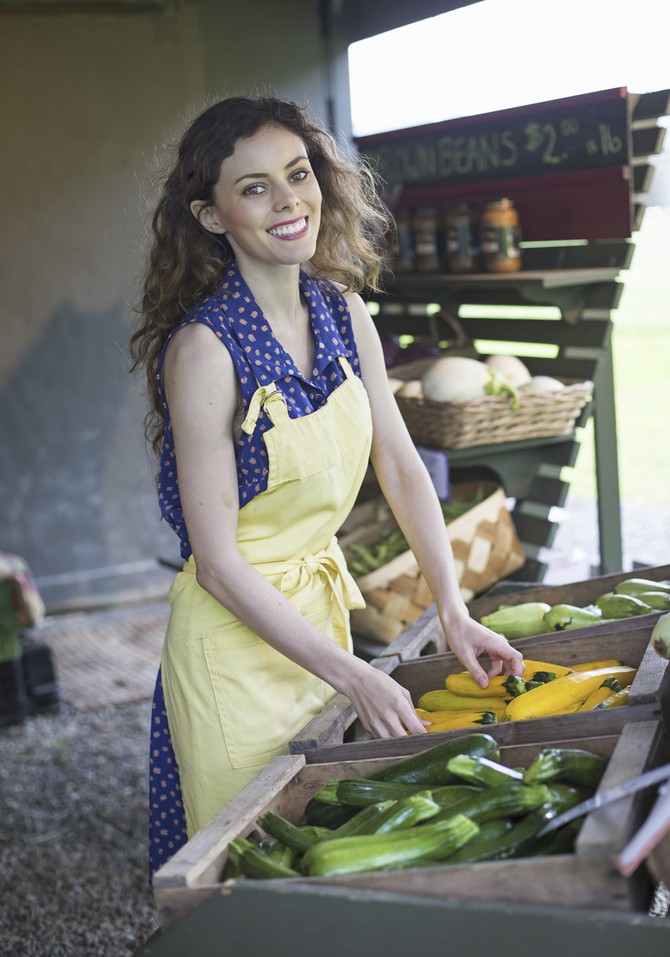
Photo: Bill Miles/Mint Images RF/Getty Images
Share Your Plans
Tell the guy stocking tomatoes at your supermarket that you're on a limited budget, and he'll probably shrug; mention it to a farmer and she might tell you she has some superripe heirlooms that can't go back on the truck that night, and they could be yours for less than the posted price. It's all in your delivery, though; Coburn says outright bargaining is tacky, but asking politely if you can get a price break if you're buying in bulk (say, you're purchasing 20 pounds of tomatoes for canning, or a 12-pint flat of blueberries for freezing) is totally fine. And if you don't mind weird-looking fruits or vegetables, you can ask if there are "seconds" available for less; sometimes, farmers stash less-than-perfect-looking produce in a bucket under the table.
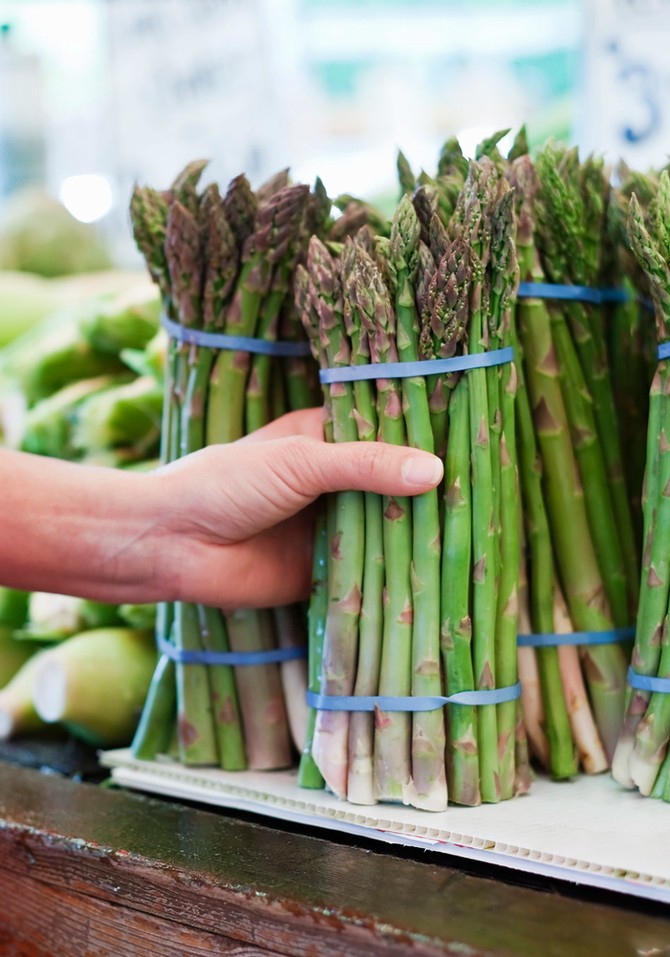
Photo: Jetta Productions/Iconica/Getty Images
Let Produce Get to Its Sweet Spot
It's pretty obvious that if you see asparagus for sale at the market, it's in season. Yet, it may not be peak season—and if it isn't, you're probably going to pay more. Laura McDonald, communications specialist for Greenmarket, which operates greenmarkets in New York City, says the first time asparagus appeared at one of the city's markets this spring, it was priced higher than usual (and sold out by 10:30 a.m.). Two weeks later, though, every stand had it, and the cost per bunch had dropped. McDonald estimates that, in general, you'll save 10 to 40 percent by buying produce a few weeks after it debuts at the market. Prices at farmers' markets fluctuate, depending on supply and demand, more than at supermarkets because there is no middleman or distributor with access to mass discounts, Coburn explains. So, cost-conscious shoppers can benefit from paying attention to peak-season charts and striking when the season is in full swing. An organic watermelon may cost $8 to $12 in early June, but just $5 a month later. "Buy the things that are in huge abundance to help stretch your dollar," she says.
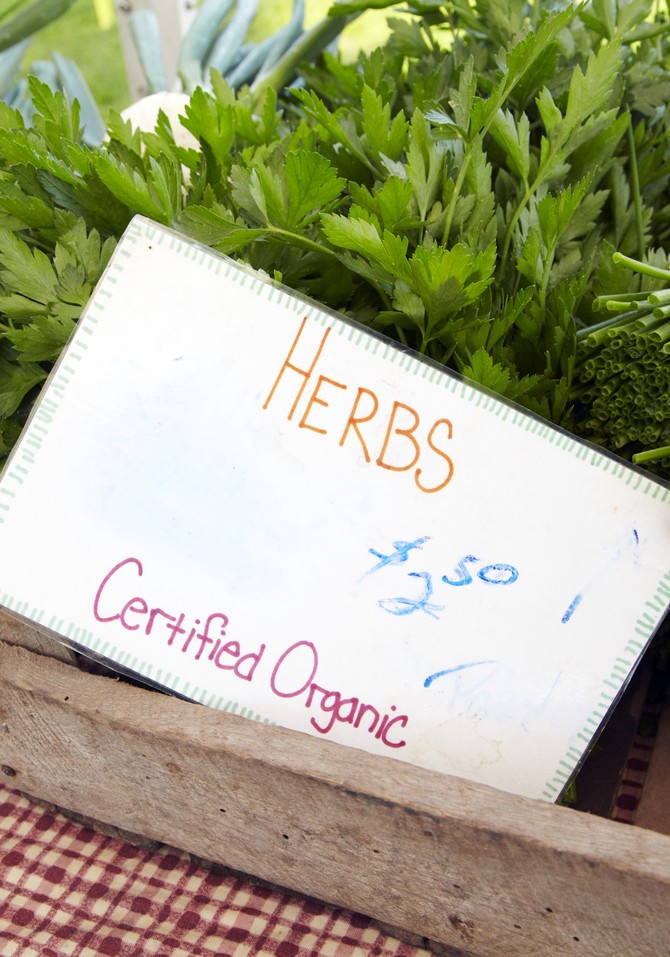
Photo: Rolf Bruderer/Blend Images/Getty Images
Don't Feel Locked in to Organic
Speaking of organic, McDonald understands why some shoppers would want to buy food grown without pesticides, but she advises them to not get too hung up on labeling. The truth is, organic certification costs anywhere from a few hundred to several thousand dollars, and many small farmers who could qualify for it just don't have the money or time to go through the process. Speaking to the farmers can help you understand how that lettuce was grown; it may not be certified organic but it still may have been grown without chemicals or pesticides—and will likely be priced lower than the lettuce that does have the label.
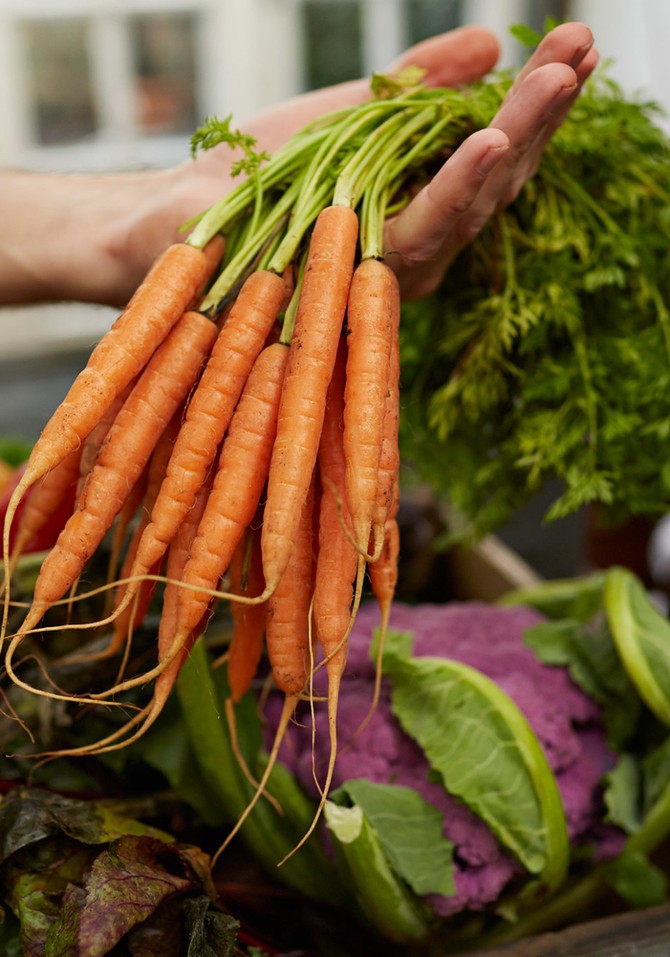
Photo: Klaus Vedfelt/Digital Vision/Getty Images
Use Every Last Bit
Nose-to-tail cooking, in which you use every part of a plant or animal, may be a chef-y buzzword, but it's especially relevant to anyone shopping at a farmers' market. For instance, root vegetables there are almost always sold with the stems attached; whereas, they're often sold without stems at supermarkets. And you'll get the most for your money if you use every part of what you buy. Two brilliant ideas: Put beet greens on grilled cheese sandwiches and turn carrot tops into pesto.
Published 05/26/2015

